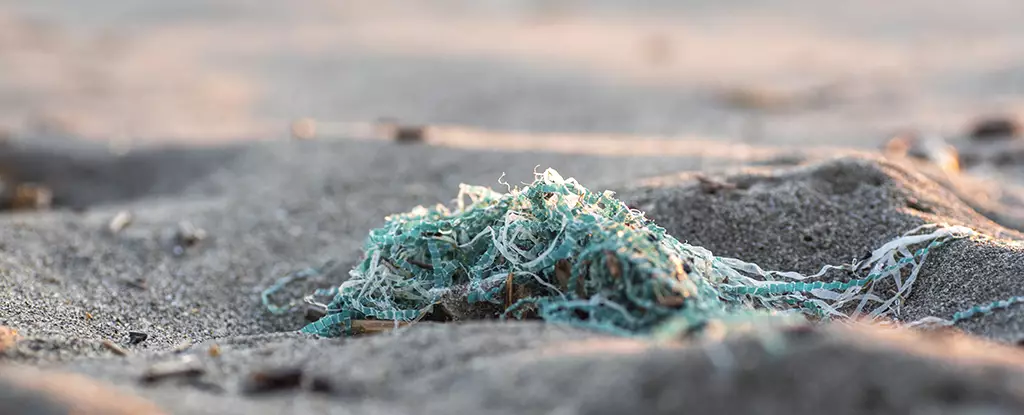In today’s world, environmental pollution has reached alarming levels, with microplastics and per- and polyfluoroalkyl substances (PFAS)—dubbed “forever chemicals”—emerging as prominent threats to ecosystems and human health. Recent research conducted by the University of Birmingham shines a light on the synergistic effects of these pollutants, revealing that their combined presence is significantly more damaging than either substance on its own. The intricacies of this relationship underscore an urgent need to delve deeper into how these pollutants interact with ecosystems, particularly aquatic life.
The study centered on Daphnia magna, commonly known as water fleas, which serve as an essential component of freshwater food chains and a biological indicator of water quality. The findings indicated up to 41% more damage to these organisms when simultaneously exposed to both microplastics and PFAS. This troubling revelation raises pertinent questions about the broader implications for aquatic ecosystems and, by extension, human health, given the interconnectedness of water systems.
Microplastics, defined as plastic particles less than five millimeters in size, proliferate in various environments, resulting from the degradation of larger plastic debris or the release of synthetic fibers. Due to their diminutive size, microplastics are omnipresent, infiltrating even the most remote ecosystems and entering organisms at the base of the food chain. The full ramifications of microplastics on human health and wildlife remain ambiguous, yet the evidence suggests a grim scenario that necessitates more rigorous monitoring and research.
Contrastingly, PFAS substances are utilized in numerous manufacturing processes due to their water- and grease-repellent properties. Their durability and slow degradation make them persist indefinitely in the environment, contributing to serious health issues, including kidney dysfunction and cancer. Alarmingly, PFAS have been detected in various ecosystems, from distant mountains to urban areas, highlighting their pervasive nature. The simultaneous occurrence of microplastics and PFAS in water sources poses a dual threat, prompting an urgent need for a comprehensive understanding of their cumulative effects.
The recent study’s findings underscore a critical concern: the cumulative effects of environmental pollutants can be more pronounced than previously understood. Daphnia exposed to both microplastics and PFAS showed stunted growth, delays in sexual maturation, and reduced offspring—a concerning trend that suggests both pollutants compound each other’s harmful effects. The severity of damage escalated in individuals that had previously encountered other chemical pollutants, indicating a potential accumulation of risks that could endanger not only aquatic species but also higher trophic levels, including humans.
Researchers, led by environmental scientist Mohamed Abdallah, advocate for a comprehensive exploration of how pollutants interact throughout the life cycle of wildlife. By understanding these dynamics, we can better inform policies aimed at mitigating risks associated with environmental contaminants, particularly as emerging pollutants like PFAS continue to pose significant threats.
As the body of evidence grows, the need for regulatory frameworks that encompass the interplay of diverse contaminants becomes increasingly critical. The research by the University of Birmingham lays the groundwork for future studies focused on the long-term biological impacts of PFAS at the genetic level. By enhancing our understanding of these interactions, we can form more effective conservation strategies that prioritize ecosystem health.
The revelations about the compounded dangers of microplastics and PFAS also signal the necessity for innovative risk assessments that account for the multifaceted nature of pollution. Improved analytical methods and sophisticated technology will play a pivotal role in quantifying the implications of various pollutants on ecosystems.
Furthermore, this research can serve as a catalyst for global initiatives aimed at curbing plastic production and usage, ultimately leading to cleaner water bodies. Only through concerted efforts can we address the looming threats posed by this dual pollution crisis and strive toward a sustainable environment for both wildlife and humanity.
As microplastics and PFAS continue to permeate our ecosystems, it is imperative that we remain vigilant and proactive in our approach to understanding and mitigating their impacts, ensuring a healthier planet for generations to come.


Leave a Reply